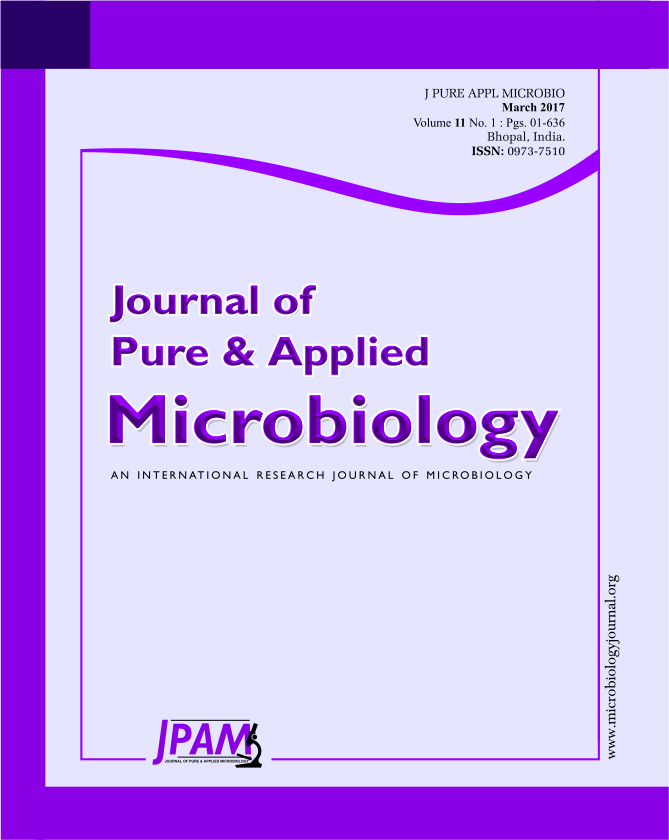Yellow stem borer Scirpophaga insertulas (Walker) devastated the rice crop in both vegetative and reproductive growth stages during monsoon and summer seasons of West Bengal. A field trial was conducted for evaluating the efficacy of pheromone lure against rice yellow stem borer in farmers’ fields under Gopalpur co-operative society, Burdwan during rainy 2011-2013. The field trials consisted of six treatments including control viz. T1= 50 pheromone traps/ha installed at 10 DAT where lure was not replaced, T2= 50 pheromone traps/ha installed at 10 DAT and lure replaced at 45 DAT, T3= 50 pheromone traps/ha installed at 10 DAT and lure replaced at 45 and 60 DAT, T4= 80 Exosex YSBtab per hectare @ 20 mg installed at 15 DAT, T5= as per farmers practice where cartap hydrochloride @ 750 g a.i/ha used at 45 and 60 DAT and T6= untreated control. Here both the dispenser (lure) and Exosex YSBTab containing (Z)-11 hexadecinal and (Z)-9 hexadecinal at 3:1 ratio was used. This experiment, resulted that the two peaks were found (27th August and 1st October) during rainy season. The Exosex YSBTab @ 20 mg had significantly exhibited minimum oviposition by female as well as significantly managed the yellow stem borer as compared to other pheromone treatments.
Yellow stem borer, pheromone, mass trapping and mass disruption.
© The Author(s) 2017. Open Access. This article is distributed under the terms of the Creative Commons Attribution 4.0 International License which permits unrestricted use, sharing, distribution, and reproduction in any medium, provided you give appropriate credit to the original author(s) and the source, provide a link to the Creative Commons license, and indicate if changes were made.


